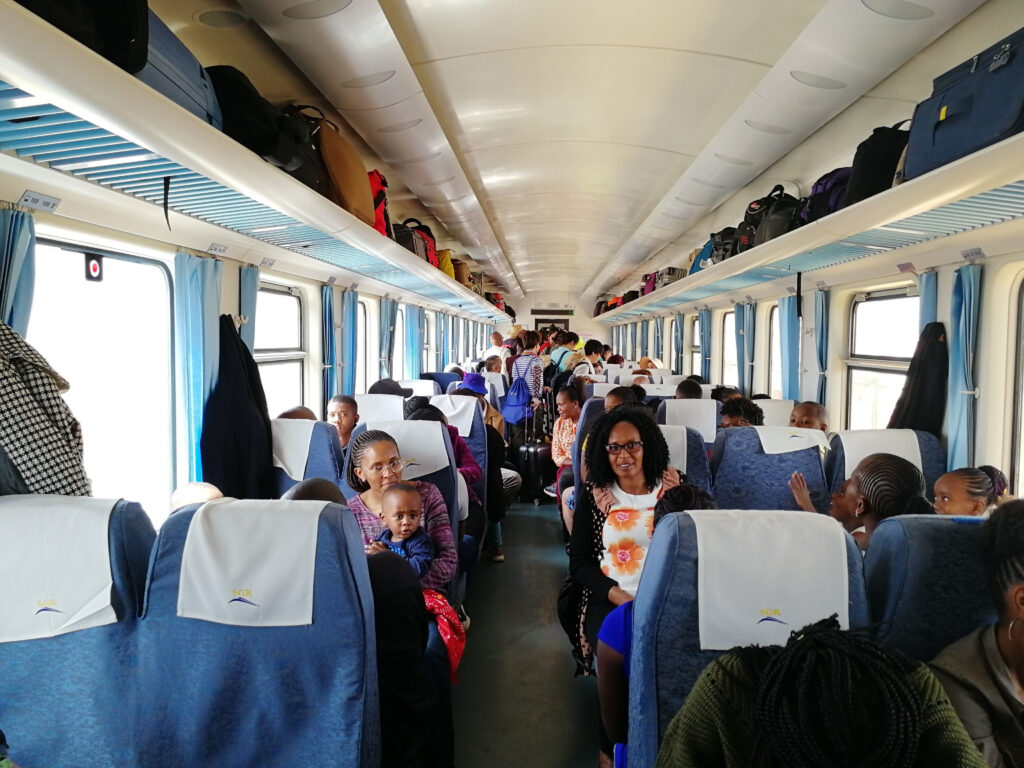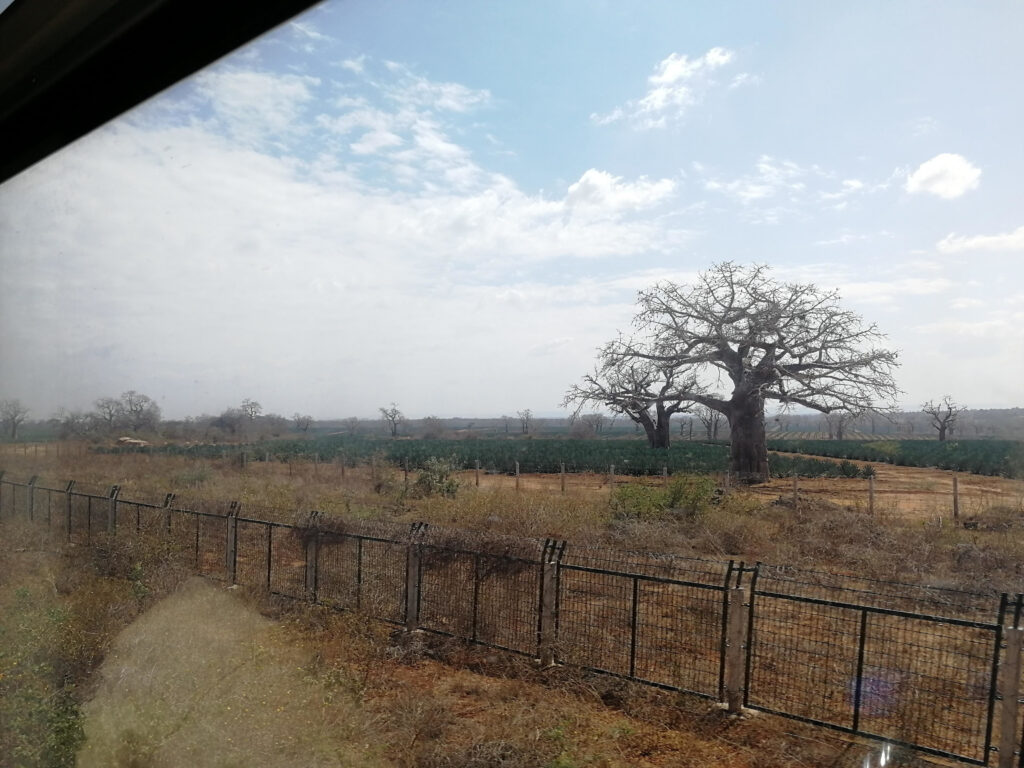This week we’re talking about the biggest infrastructure project to hit East Africa since independence: the Standard Gauge Railway (SGR).
Launched on 1st June 2017 it has become the symbol of modernisation for the Kenyan government, and last week I took a journey on it from Nairobi to Mombasa.
Trains in East Africa
When Europeans first landed in East Africa high on the agenda of projects was to build railways.
Trains were seen as the future. Nairobi became Kenya’s capital as a result of being the halfway house between the port of Mombasa and the shores of Lake Victoria. Kampala, another big administrative centre (now the capital of Uganda) was the destination.
The initial line was a “narrow gauge” line (and became known as The Lunatic Express owing to innumerate factors which made its construction treacherous).
It was completed in 1901, and was in use for the remainder of the century, though fell into disrepair as a result of lack of maintenance.
In 2016, I went on one of the last journeys on the old train and it was then discontinued to make way for the SGR.
Made by China
Around the mid-2010s various East African governments began discussions with the Chinese government to start the wonderfully named East African Railway Master Plan.
The short version is to build a network of railways to replace the outdated narrow gauge railways.
The first section was Mombasa-Nairobi. China built it, and gave the Kenyan government an invoice of $3.6bn.
The “look and feel” of the whole train experience is very much Chinese.
Planning my trip
I was keen to try out the new train before leaving Kenya and so arranged my travel to spend the day heading down to Mombasa before going on to Lamu.
The booking process was a little clunky, but nevertheless I was able to book online, pay with mobile money and print off my tickets at the machine on the day.
There are 4 train journeys (2 each way) every day and I chose the morning route on Wednesday, which stopped at various towns along the way.
Impressive set up
The design and scale of the project is unlike anything I’ve seen in East Africa.
The terminus was as a big (and secure) as an airport and goes all the way to having attendants to welcome you aboard and then stand to attention on the platform as the train departs.


The train motioned along at around 68km/h (so said the electronic screen) and I got on with reading my book whilst occasionally seeking distraction from the passing landscape, most notably an area with lots of baobab trees.
Foreign entrants
Three hours in, at a place called Mtito Andei, the platform was empty apart from one group of brightly dressed travellers.
The doors opened and a collective noun of Chinese people came into our carriage.
This caused all kinds of interest and commotion as they bustled on with their suitcases, bumping into people up and down the aisle to their seats.
A side effect was to set off the majority of the until-then sedate small children in the vicinity enter into a screaming war, which was, to me at least, an undesirable consequence.
It appeared that the Chinese people were being chaperoned by a Kenya Railways official, though it may also have been part of a wider tour. Either way, the journey was a lot less quiet from that point on.
Note to self: what is going on in Mtito Andei which is of such interest?
Second order effects of seeing high standards
I’m curious what the hidden effects will be of the train existing in Kenya.
The price of a ticket is around $10 for the six hour ride to Mombasa (less for one of the other stops).
This makes it an affordable and viable option for everyday Kenyans to travel around the country as opposed to a touristic luxury.
My impression is that most won’t have interacted with such high service (usually reserved for high-income visitors).
Everyone around me on the train had hushed astonishment when the train left exactly on time, and small things, such as the aisle floors being diligently mopped throughout the journey to keep the place clean, really seemed to play into this idea of “high standards”.
It’s unclear what the costs may develop to be, but the benefits both tangible (affordable; predictable) and intangible (dignified travel; exposure to high standards) will, I hope, transcend the short term and into the long term.


Trunks out the window
At a town called Voi I swapped seats to accommodate a couple of big groups coming on for the final stint.
At the stage we were passing through the Tsavo National Park and so it was quite common to see wildlife getting on with life by the railroads.
There were plenty of zebra and DLAs (deer-like animals) as well as a herd of elephants, which got a lot of interest.
The other end
Approaching Mombasa the other attraction out of the window was the new highway, and at 14:18 we all disembarked from the equally impressive Mombasa terminus.
I then took a boda (motorcycle) to a nearby small town and spent the evening seeking out a place for beans, greens and chapati – ending up washing it down with a freshly cut coconut water. The benefits of coastal life.
In other news…
The new season of the podcast started this week. The first episode is called:
Move over Tesla, Opibus has a better way to get electric vehicles on African roads
You can listen via:
- Apple Podcasts: https://podcasts.apple.com/gb/podcast/east-africa-business-podcast/id1150767301
- Spotify: https://open.spotify.com/show/57payRhs9rk8VWIXI9VSf8
and a write up is here: https://theeastafricabusinesspodcast.com/2019/08/22/move-over-tesla,-opibus-has-a-better-way-to-get-electric-vehicles-on-african-roads,-with-mikael-gange/
This post originally featured in the newsletter I write. If you’d like to sign up to receive it at the start of each month, you can do so below: